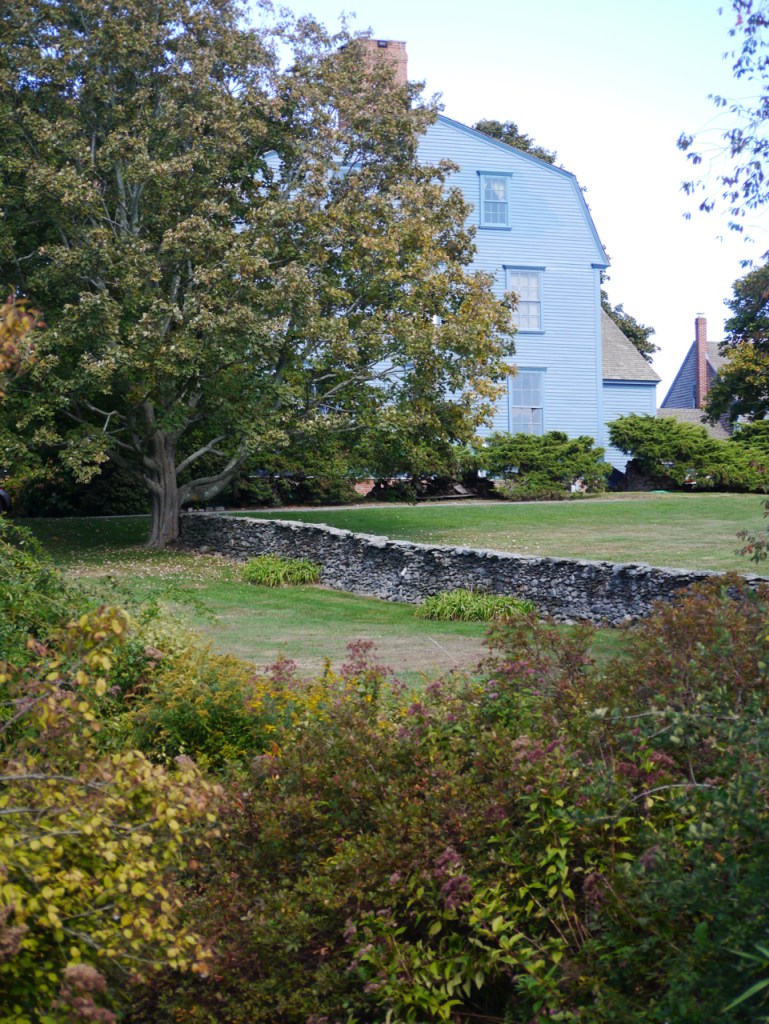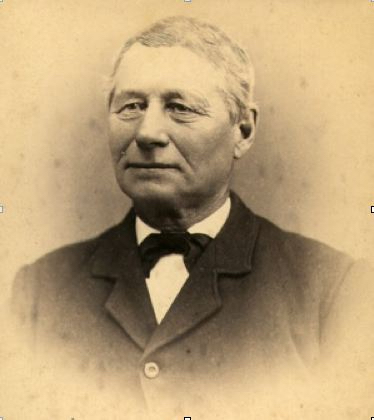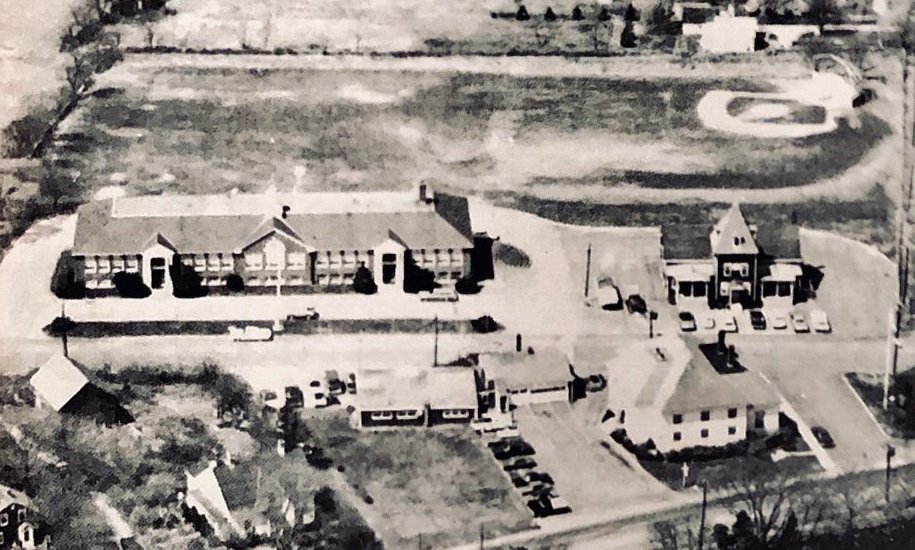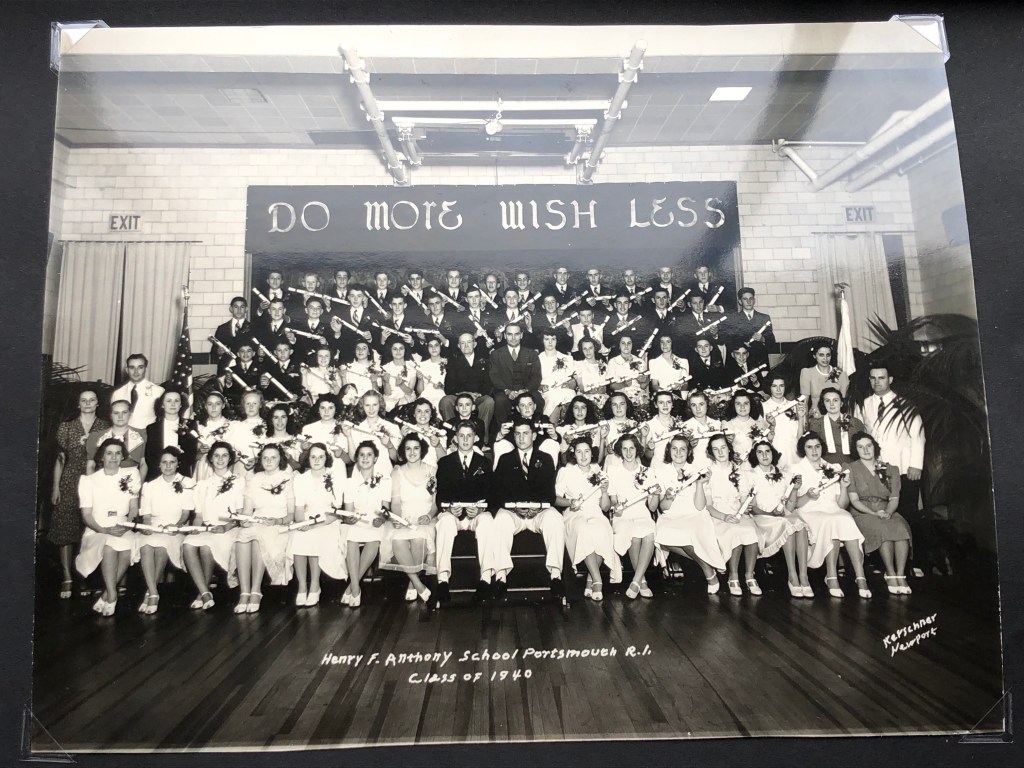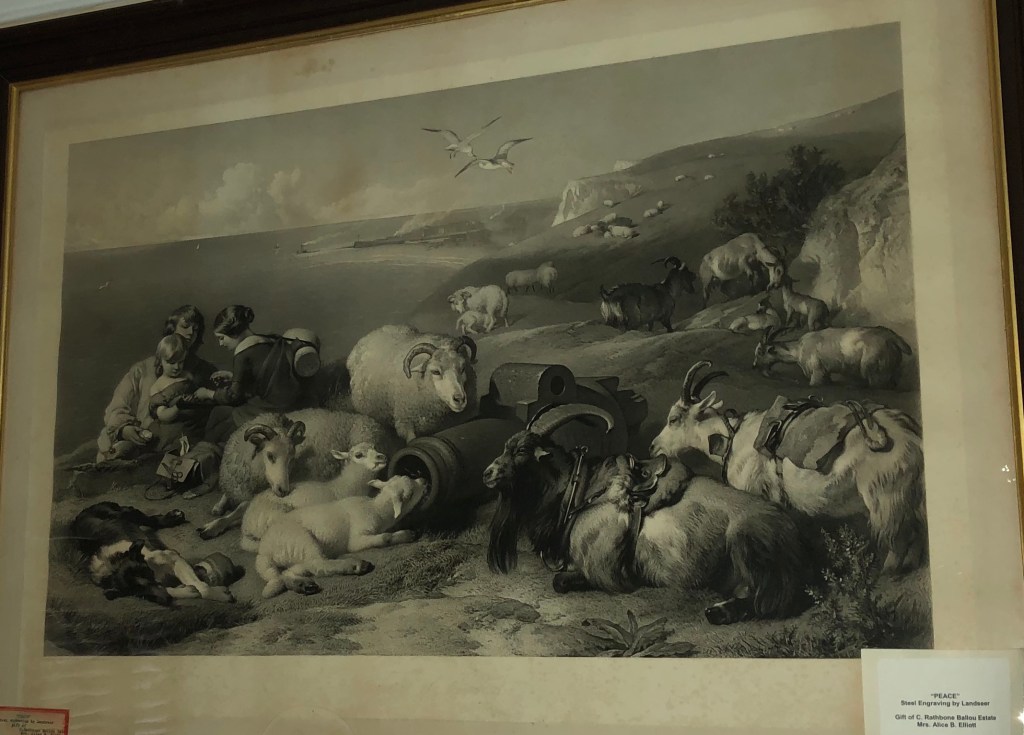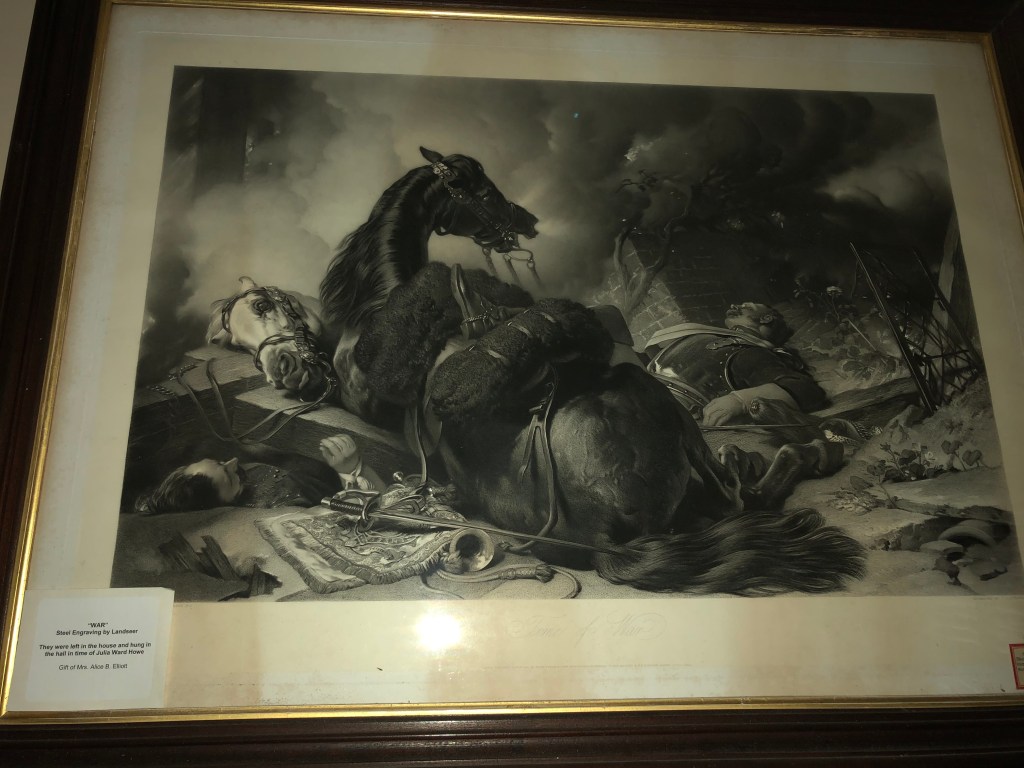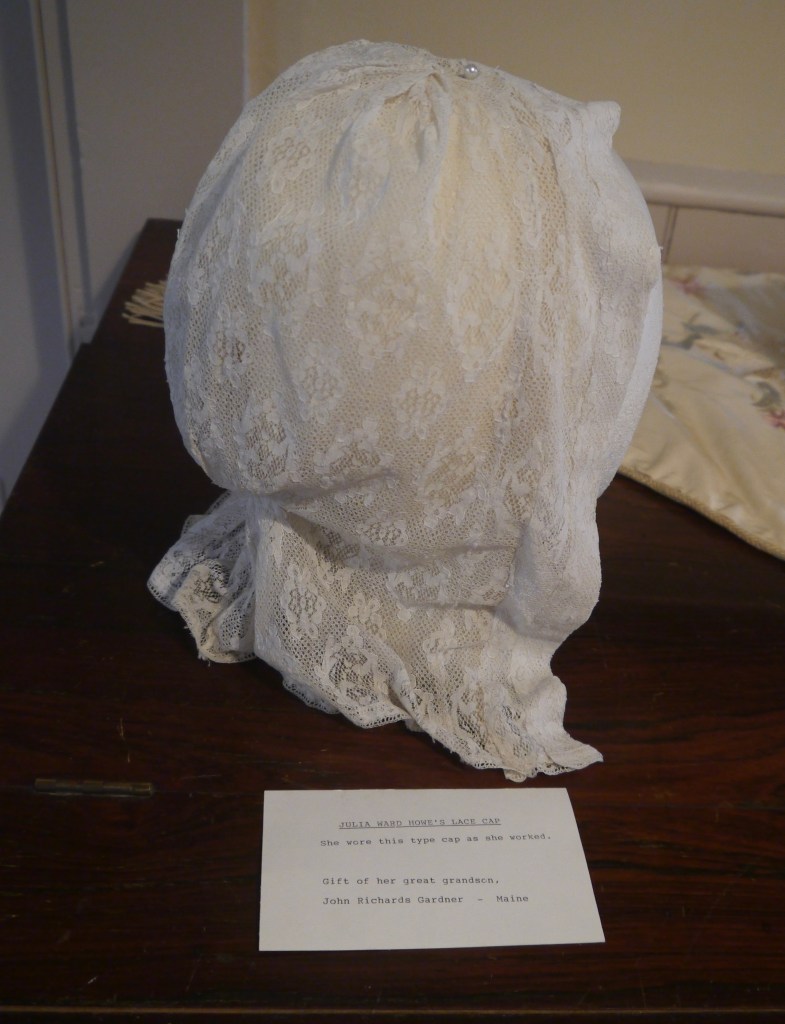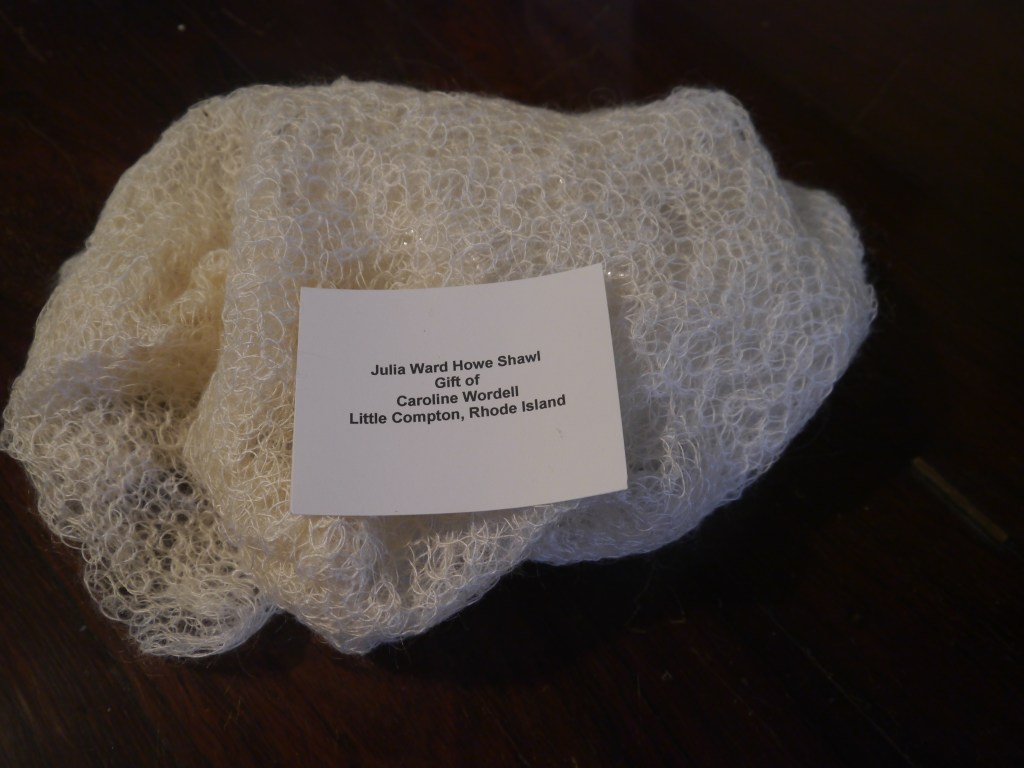This house is known not for the importance of its owners, but for a daring deed in the Revolutionary War. It was probably built by Jonathan Nichols before 1750. In 1770, the property was sold to Henry John Overing. Overing was a “sugar baker” who refined raw sugar into loaves. Overing was loyal to England and when the British invaded Aquidneck Island in 1776, Overing’s farm was frequently visited by General Richard Prescott.
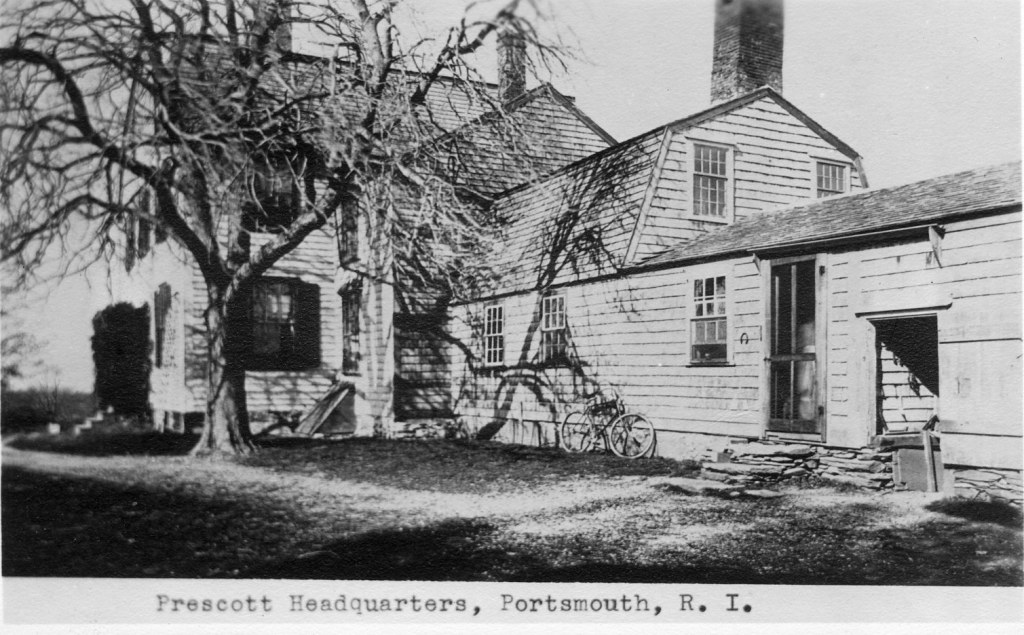
Capture of General Prescott
In July 1777, while Aquidneck Island was under the control of thousands of British soldiers, American Major William Barton (who was in Tiverton) received word through a runaway slave that the British Commander in Chief, General Prescott was staying at Mr. Overing’s house on West Main Road close to the Portsmouth/Middletown border. When Prescott was at his headquarters in Newport he was well protected. Visiting friends in the countryside, Prescott was less well defended. Barton planned to get Prescott so he could be exchanged for American Major General Charles Lee who had been captured in New Jersey.
Barton asked for volunteers for a dangerous and secret plan. Out of the many who stepped forward he picked out the best rowers and four who had lived on Aquidneck Island and could serve as guides. Barton had five whaleboats and each boat had eight soldiers and one officer. The river crossing between Tiverton and Portsmouth was closely watched, so Barton and his men rowed to Bristol and then all the way over to Warwick to begin their secret mission. The mission was so secret that even the volunteers did not know where they were going until after their journey had begun.
The night of July 10th was perfect – it was very dark and the weather was good. Barton and his volunteers left Warwick Neck, rowed across the Bay with oars that were covered in wool to keep them quiet. They had to row around British ships that were stationed on the west side of the island. The Americans landed on the west shore of Portsmouth and followed a gully up to the Overing Farm on the Portmouth/Middletown border. Barton divided his troops and they approached the house quietly. There was only one sentry on guard at the guardhouse. Hearing noise, the guard asked: “Who comes there.” Barton responded: “Friends.” The guard asked for a countersign and Barton said he did not have one but asked the guard “Have you seen any deserters tonight.” With that the guard allowed Barton to pass and the American grabbed his musket.
They found Prescott in his nightclothes. Barton asked if he was Prescott and he responded. “I am”. Barton said: “You are my prisoner.” and Prescott said “I acknowledge it, sir. The men worked quickly and within seven minutes took Prescott, the sentry and Prescott’s aide-de camp with them. No shot was fired.
They again had to row through British ships on their way back. This capture gave the colonial troops some needed encouragement. There was a prisoner swap in which General Prescott was exchanged for American General Charles Lee, but Prescott made it back to Aquidneck Island.
After the war Overing seems to have sailed for England in 1783 and there were many owners of the house along the way. Bradford Norman picked up the property in 1927 and his daughter, Barbara Norman Cook (aka Kitty Mouse) owned the house until she sold it to the Doris Duke’s Newport Restoration Foundation in 1970. The Overing House itself is a private rental, but you can see the guard house that has been moved from the main house and now is part of the “Prescott Farm” complex.
More details of the raid are in Christian McBurney’s book: Kidnapping the Enemy, 2014.
